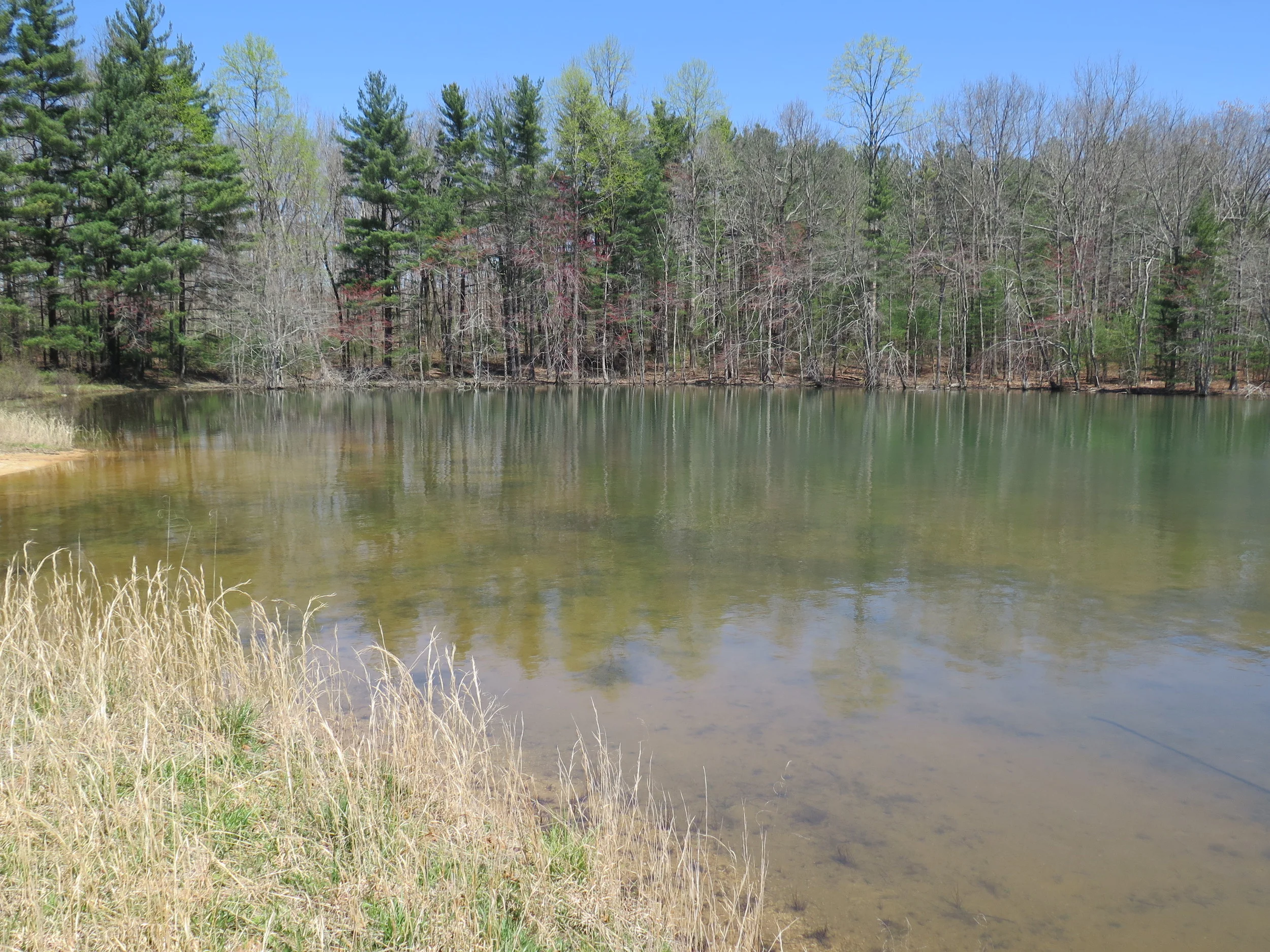The Water Cycle
The natural water cycle, or the hydrologic cycle, connects all water on earth, whether on, below, or above its surface. Water is in continuous movement through processes that change its state between liquid, solid, and gas.
When the sun heats ocean water, it evaporates and enters the atmosphere where it condensates in the form of clouds. As these clouds move landward (they follow a pressure gradient), other water from freshwater sources such as lakes (evaporation), flora and fauna (transpiration), or ice (sublimation) enters the atmosphere and "adds" to the clouds. At one point, the clouds take up more water than they can hold, and it begins to rain or snow (precipitation). This water infiltrates the ground and becomes groundwater or joins a surface water body such as a stream or lake. From there, water follows gravity. Some might be stored temporarily in glaciers or reservoirs, but sooner or later, all water eventually reenters the ocean and the hydrologic cycle starts again.
Source: US Geological Survey.
Source for the above text is the US Geological Survey. More information can be found here.


